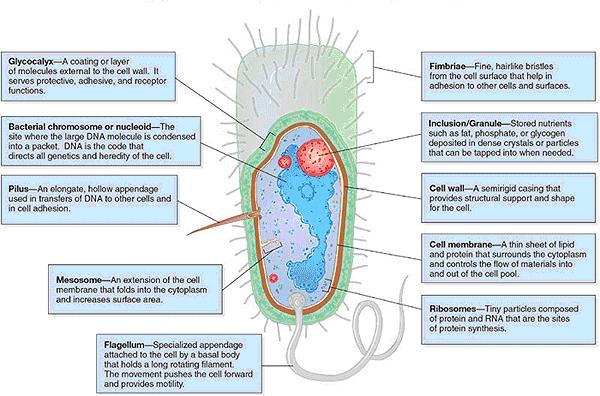The simplest conceivable form of life (e.g., bacteria) contains at least 600 protein molecules. Each of these molecules performs specific functions by fitting into other molecules shaped in exact three-dimensional spacial arrangements. These proteins work like a key fitting into a lock – only a specifically shaped protein will fit. Yet there are multiple trillions of possible combinations of protein molecules * and shapes. How could the exactly required shape find the exactly correct corresponding protein in order to perform the required cellular function? The mathematical probability that the precisely designed molecules needed for the “simplest” bacteria could form by chance arrangement of amino acids (these are the chemicals that link up to form proteins) is far less than 1 in 10450 . Most scientists acknowledge that any probability less than 1 in 10 50 is considered an impossibility. One wonders why this “impossibility” is taught as a “fact of science” to millions of school children each year.
* Editor’s Note: When going to the link on “protein molecules” be sure to scroll down about 1/5 of the way to a box titled “A Deeper Look”.
The above document is from In The Beginning, 7th Ed., p.14 as quoted in A Closer Look At The Evidence by Richard & Tina Kleiss.
“As the heavens are higher than the earth, so are My ways are higher than your ways and My thoughts higher than your thoughts.” (Isaiah 55:9)
87
